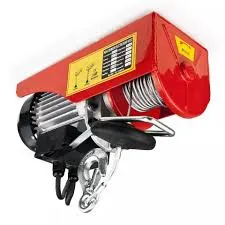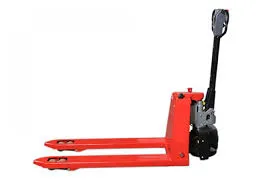Fall arrest gear is an indispensable component of personal protective equipment for those working at heights, offering critical safety to prevent potentially fatal falls. Understanding the right type of gear, its functionalities, and how to use it effectively can make the difference between life and death. Professionals in construction, roofing, and other industries that require working at elevated levels acknowledge the importance of having reliable fall arrest systems.

When discussing fall arrest gear, it is essential to introduce the various components that make up these systems. A comprehensive fall arrest system includes a full-body harness, an anchor point, and a connecting device such as a lanyard or a lifeline. Each of these components needs to meet strict safety standards to ensure they can adequately support and arrest a falling user, minimizing injury risk.
Expertise in fall arrest equipment involves understanding the materials and technologies used in design and manufacturing. For instance, harnesses are typically made from durable, high-performance webbing materials designed to withstand significant forces. They should be ergonomically designed to distribute forces safely across a user’s body in the event of a fall, reducing the likelihood of injury.

Anchor points, another critical component, are often overlooked but are crucial for the efficacy of a fall arrest system. These must be properly secured to a suitable structure and capable of supporting a specified weight. Without a secure anchor point, even the most robust harness can fail. Therefore, identifying appropriate anchor locations is a vital step in setting up fall arrest systems, requiring an expert’s assessment of the work environment.
Modern fall arrest systems have incorporated advanced technology. For example, self-retracting lifelines (SRLs) have become popular due to their superior functionality in minimizing fall distances. SRLs automatically retract slack in the lifeline as the user moves, maintaining low fall-arrest forces and reducing the chances of injury. Additionally, SRLs are equipped with braking mechanisms that activate in milliseconds during a fall, showcasing advancements in safety technology.
fall arrest gear
Trustworthiness in fall arrest gear doesn't only lie in the equipment itself but also in ensuring that users are adequately trained and aware of the correct usage procedures. Training should encompass the proper fitting of harnesses, recognizing appropriate anchor points, and understanding the limitations of their equipment. Furthermore, regular inspection and maintenance of the gear are crucial actions in sustaining the reliability of fall arrest systems.
Fall arrest gear must also be compliant with industry standards and regulations, such as those outlined by OSHA or ANSI. Compliance ensures that the equipment meets necessary safety requirements and undergoes rigorous testing. Ensuring that the fall arrest gear in use adheres to these regulations is a critical step for employers and safety officers seeking to protect their employees.
Moreover, the constant evolution in fall protection solutions offers new advancements, such as integrated suspension relief systems in harnesses, which help users manage suspension trauma after a fall until rescue can be executed. These developments illustrate the ongoing commitment of manufacturers to improving safety through innovation.
In practical terms, personal experiences and case studies where fall arrest gear prevented tragic accidents serve as compelling testimonials to the efficacy of these systems. For instance, in the construction of skyscrapers or wind turbines, workers may find themselves hundreds of feet above the ground. Documented incidents where fall arrest systems have successfully saved lives reinforce the critical message investing in the right equipment and training is essential.
Ultimately, the value of fall arrest gear extends beyond mere compliance—it safeguards lives. It is the responsibility of employers and safety managers to foster an environment where fall arrest gear is seen as an impactful investment rather than just a legal requirement. Each piece of equipment is a vital tool engineered to preserve life, making the selection and use of high-quality fall arrest gear a priority for industries operating at heights.








